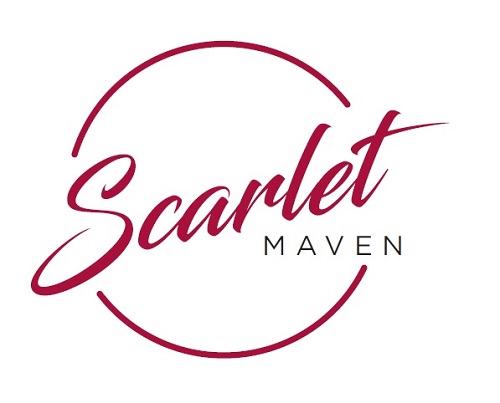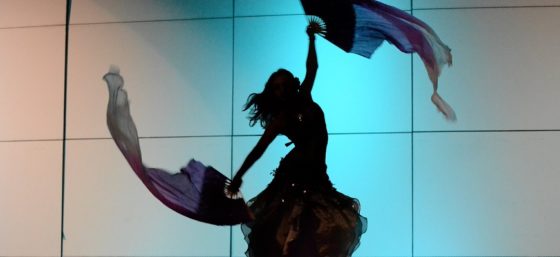
Last week, I wrote about intellectual property disputes where one side had the website domain and the other side has the registered trademark. Someone asked me how do registered trade names factor into these situations.
What’s a Trade Name?
In general, a trade name is something you register with your state. This is different than registering a trademark with the U.S. Patent and Trademark Office (USPTO). This is a way to register the name of your company or your product with your state. It typically takes only a matter of days to get and is cheap. In Arizona, the filing fee for a trade name is $10.00, whereas the minimum filing fee to register a trademark with the USPTO is $250, and it takes months (if not longer) for the USPTO to process your application. Your state may also give you the ability to register a state-level slogan or logo.
Value of Registering a Trade Name
To be honest, there’s little value in registering a trade name at the state level. It could be helpful in situations where the name of your legal entity is different than the company or product name. For example, if your entity was XYZ Company LLC and your did business as Green Ice Marketing, if you registered Green Ice Marketing as your trade name, your state might not let another company use the same name and compete with you ask Green Ice Marketing LLC.
Even if you have a state-level trade name, it does not automatically give you statewide common law trademark rights. Common law trademark rights are based on your established geographic market, based on where you’re using the mark in commerce. Thus, if you register a trade name with your state, but you’re only using it commerce in your county, your common law trademark rights may only be that county, not the whole state.
Registering a trade name creates a third-party record of when you started using a trademark, which may be helpful in a trademark dispute, but there are other ways to demonstrate when you began using a particular trademark in commerce.
Trade Name vs Trademark
In a trademark dispute, timing is often a deciding factor when two companies are selling similar products using the same or confusingly similar trademarks. In a trade name vs trademark dispute, there are two ways it could go down.
Option #1: You Registered a Trade Name Before They Registered the Trademark.
As stated above, when you only register a trade name with your state, there are no associated federal trademark rights that come with that registration. You only get common law trademark rights based on the established geographic market where you’re using your trade name in commerce.
The moment your competition registered the trademark with the USPTO, you become “frozen” in your established geographic market. The registrant gets the exclusive right to use the trademark everywhere else in the United States except within the geographic market you established prior to their registration.
It’s like a snow globe dropped over your area at that moment. They can’t go into your area, and you can’t expand beyond that invisible barrier unless you rebrand. This is what happened in the Burger King situation.
Option #2: You Registered a Trade Name After They Registered the Trademark.
Once someone registered a trademark with the USPTO, they have the right to keep competitors from entering the marketplace in the U.S. while using their trademark or one that is confusingly similar to it.
Once they get their trademark, you can’t start using it too for a similar product or service.
Here’s the rub. You state probably will not cross-check the USPTO database if you try to register the same mark as a trade name. They will deny your trade name application only if it matches something in their database of registered trade names in that state. Similar to the web domain situation, a lot people get a false sense of security when they can get a state-level trade name, but it won’t provide any protection from an accusation of trademark infringement in this situation.
Do You Want More?
I send out a newsletter every other week with stories, suggestions, and tips from work as a lawyer, writer, and speaker. If you want this in your inbox, please add yourself to the list.










